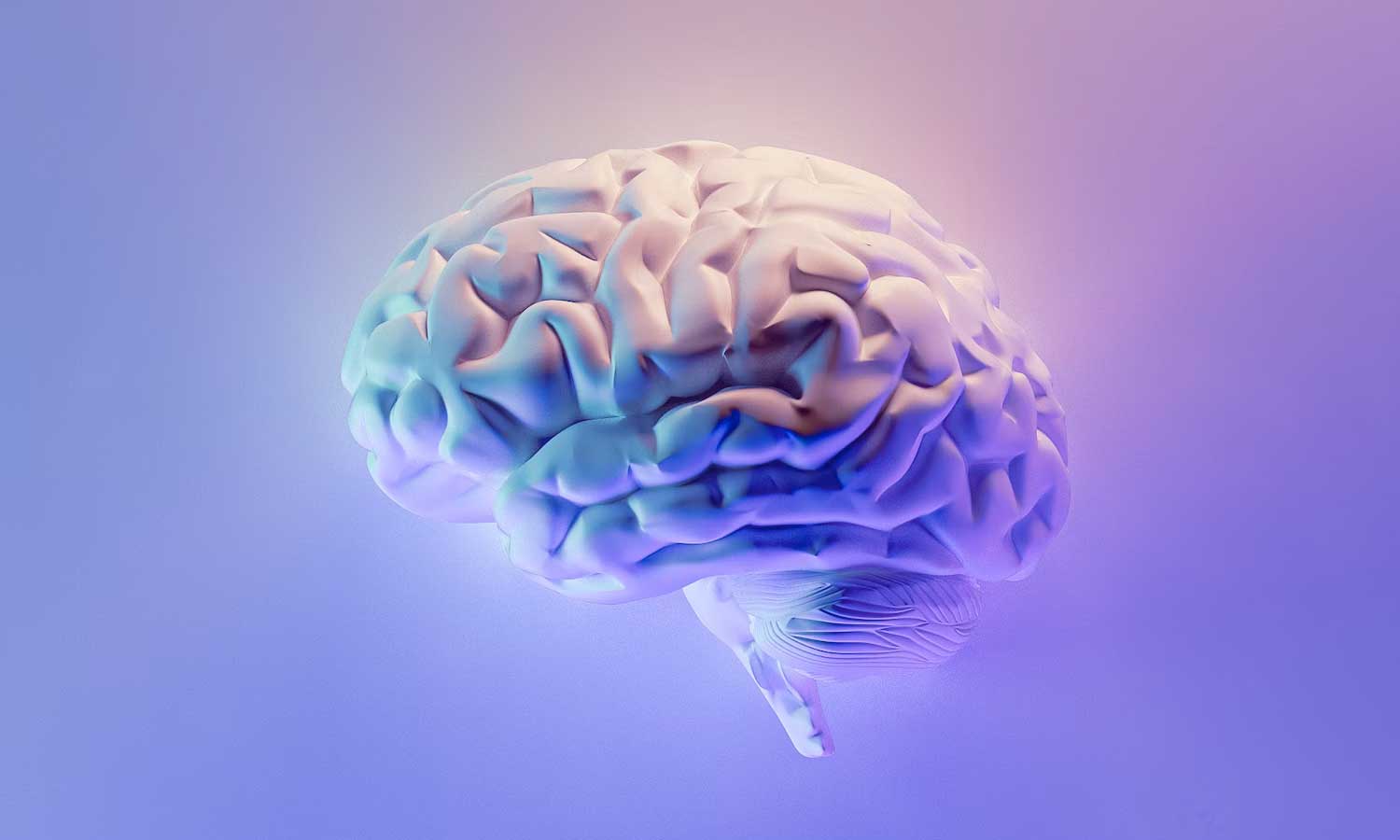A team at Oxford University has developed a new method for 3D printing artificial brain tissue. In experiments with mice, the printed structures showed effective integration into host tissue. The researchers see potential for repairing brain injuries.
As the scientists report in the journal Nature Communications, they were able to create a two-layer tissue from human nerve cells using the 3D printing process. When implanted into mouse brain slices, projections and neurons grew into the surrounding tissue.
According to the authors, this demonstrated structural and functional integration of the artificial structure. The human cells communicated with the mouse neurons and showed correlated patterns of activity. The starting material was so-called induced pluripotent stem cells.
The researchers now want to further develop the technique to reproduce more complex structures. In addition to applications in brain research, they see the potential to produce personalized implants from patient cells for repairing injuries.
According to the Oxford scientists, 3D printing makes it possible for the first time to specifically generate artificial brain tissue with a near-natural architecture. The promising results are a step forward on the road to regenerative medicine against brain damage.
Subscribe to our Newsletter
3DPResso is a weekly newsletter that links to the most exciting global stories from the 3D printing and additive manufacturing industry.























